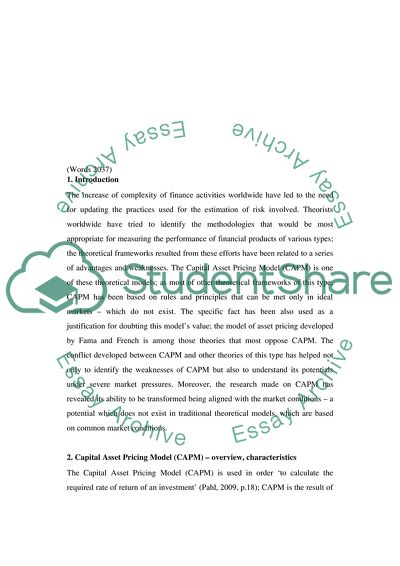Cite this document
(The Relative Merits of the Capital Asset Pricing Model Case Study, n.d.)
The Relative Merits of the Capital Asset Pricing Model Case Study. https://studentshare.org/finance-accounting/1744289-analyse-the-relative-merits-of-the-capital-asset-pricing-model-capm-and-empirical-approaches-to-asset-pricing
The Relative Merits of the Capital Asset Pricing Model Case Study. https://studentshare.org/finance-accounting/1744289-analyse-the-relative-merits-of-the-capital-asset-pricing-model-capm-and-empirical-approaches-to-asset-pricing
(The Relative Merits of the Capital Asset Pricing Model Case Study)
The Relative Merits of the Capital Asset Pricing Model Case Study. https://studentshare.org/finance-accounting/1744289-analyse-the-relative-merits-of-the-capital-asset-pricing-model-capm-and-empirical-approaches-to-asset-pricing.
The Relative Merits of the Capital Asset Pricing Model Case Study. https://studentshare.org/finance-accounting/1744289-analyse-the-relative-merits-of-the-capital-asset-pricing-model-capm-and-empirical-approaches-to-asset-pricing.
“The Relative Merits of the Capital Asset Pricing Model Case Study”. https://studentshare.org/finance-accounting/1744289-analyse-the-relative-merits-of-the-capital-asset-pricing-model-capm-and-empirical-approaches-to-asset-pricing.


